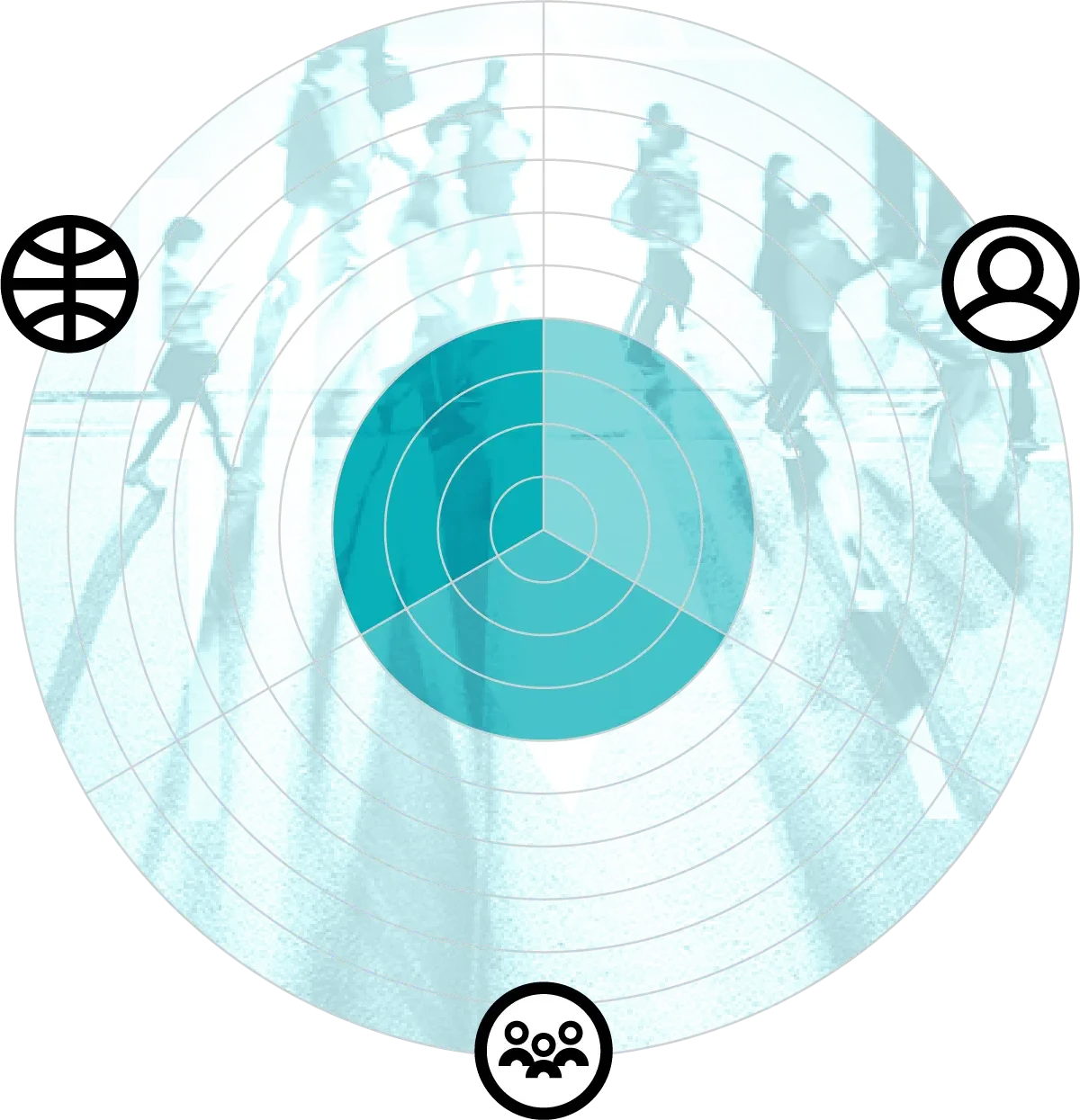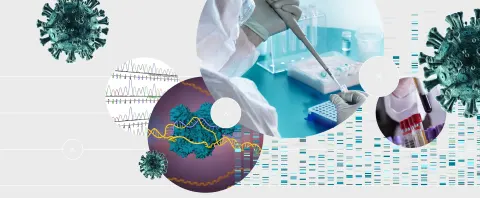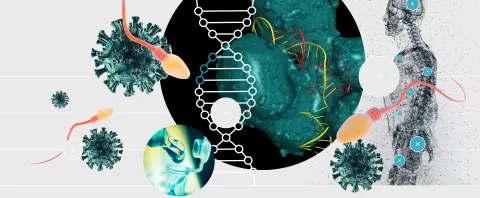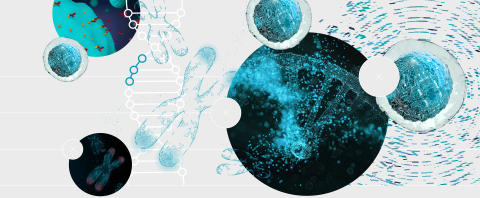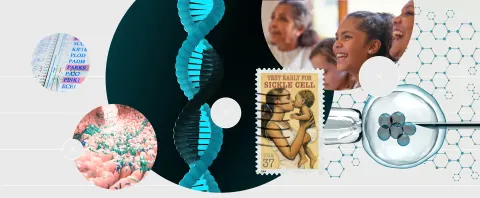Associated Sub-Fields:

The ultimate goal for gene editing is a one-shot wonder drug — a one-time injection that cures heritable or acquired disease for the rest of the patient’s life. However, it is becoming increasingly clear that the gene-editing tool that has underpinned most clinical and research breakthroughs will not be the main way forward. CRISPR, an editor that can snip DNA to alter its sequence, also creates dangerous and irreversible breaks in DNA.6 The future of gene editing will rely on new, more efficient, more accurate techniques now under investigation and in early trials, along with novel ideas about how to manipulate the genome indirectly, transiently and even perhaps reversibly.
They will also rely on improved delivery methods. Today, most gene editing is not applied to living embryos or directly done on patients, but is ex vivo: as, for example, in treatments for sickle-cell anaemia.7 But this limits the number of diseases that can be targeted. Targeted payload delivery is being developed to be more precise and less toxic, thereby creating fewer side effects and immune reactions. This could deliver the editor into tissues that are traditionally hard to reach. Better diagnostics, editors and delivery methods could be a result of advances in machine learning. AI could make it easier to diagnose and even predict heritable disorders.
It is generally agreed that future research needs to move forward with an eye to lowering the staggering costs of gene therapy. Currently, the biggest barriers to making gene editing a medical reality are not only technological: they also include public-health messaging, infrastructure and cost. Recently approved haemophilia and sickle-cell disease therapies cost $2 million to $3 million.8 The expense is multifactorial, but new initiatives are under way to make them cheaper and more accessible.9 Crucial to the future of scientific success will be public acceptance and understanding that this is not always led by the West.10 As this therapeutic modality moves into more medical interventions, more infrastructure needs to be developed to address the interpretability of the science (for example, genetic counsellors are needed to interpret genetic test results but are in short supply).
KEY TAKEAWAYS
Editing human genetics is a promising route towards disease prevention and reduction. Work to improve Diagnostics tools for reading and interpreting the genome has achieved fast identification of pathogens and promises to enable insight into the most suitable gene therapies for an individual. This will be complemented by developments in Next-generation editors and delivery, which will manipulate the genome in ways that avoid unwanted immune-system responses. A number of processes will benefit from Engineered organisms and AI-based tools, such as testing of proposed therapies on synthetic organisms and accelerated reading of whole genomes through the use of AI. Researchers are exploring Alternatives to direct gene editing, including epigenome editing, which might facilitate the fine-grained control of gene expression.
Anticipatory Impact:
Three fundamental questions guide GESDA’s mission and drive its work: Who are we, as humans? How can we all live together? How can we ensure the well-being of humankind and the sustainable future of our planet? We asked researchers from the field to anticipate what impact future breakthroughs could have on each of these dimensions. This wheel summarises their opinions when considering each of these questions, with a higher score indicating high anticipated impact, and vice versa.
- Anticipated impact on who we are as humans
- Anticipated impact on how we will all live together
- Anticipated impact on the well-being of humankind and sustainable future of our planet
